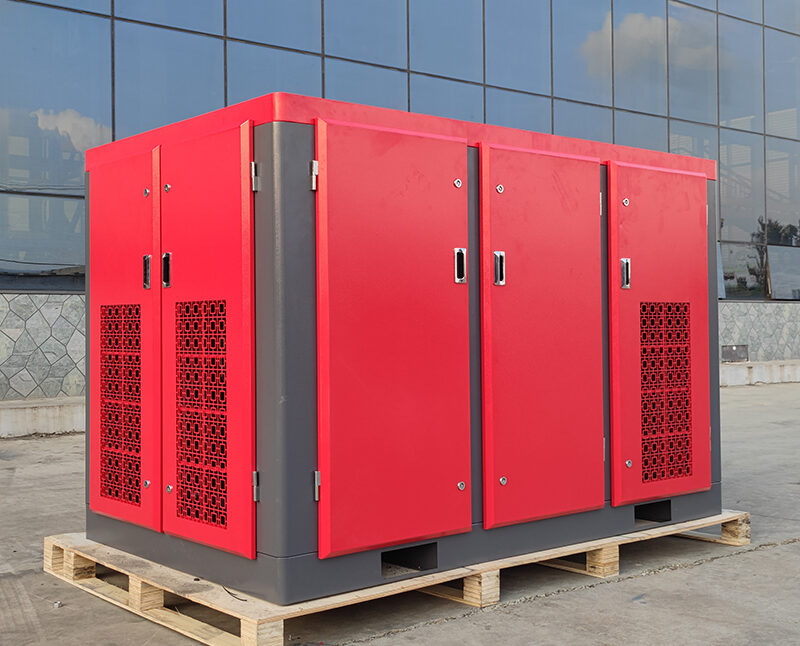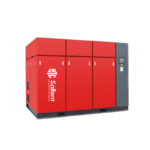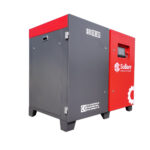Gas tanks are essential pressure vessels used in industrial production and daily life, and proper safety management and maintenance are vital for their efficient and safe operation. The management of gas tanks directly affects both the equipment’s service life and production safety. This article outlines key rules for daily gas tank management, focusing on daily inspections, maintenance, operating specifications, and emergency procedures.
1. Daily Inspections
1.1. Appearance Inspection
Inspection Cycle: Once a day
Inspection Content:
- Check for any abnormalities, including corrosion, cracks, or deformation on the gas tank’s surface.
- Inspect welds for defects like leakage or cracks.
- Verify that safety valves, pressure gauges, and liquid level gauges are intact and within their validity period.
- Ensure the foundation is stable, with no signs of settlement or tilting.
Treatment Measures:
If any abnormalities are found, immediately stop operation and report to the superior for maintenance.
1.2. Pressure Inspection
Inspection Cycle: Once per shift
Inspection Content:
- Check if the pressure inside the gas tank is within the normal range.
- Ensure that sewage is discharged from the bottom of the gas tank.
- Verify that the pressure gauge is functioning accurately, with no signs of sticking or jumping.
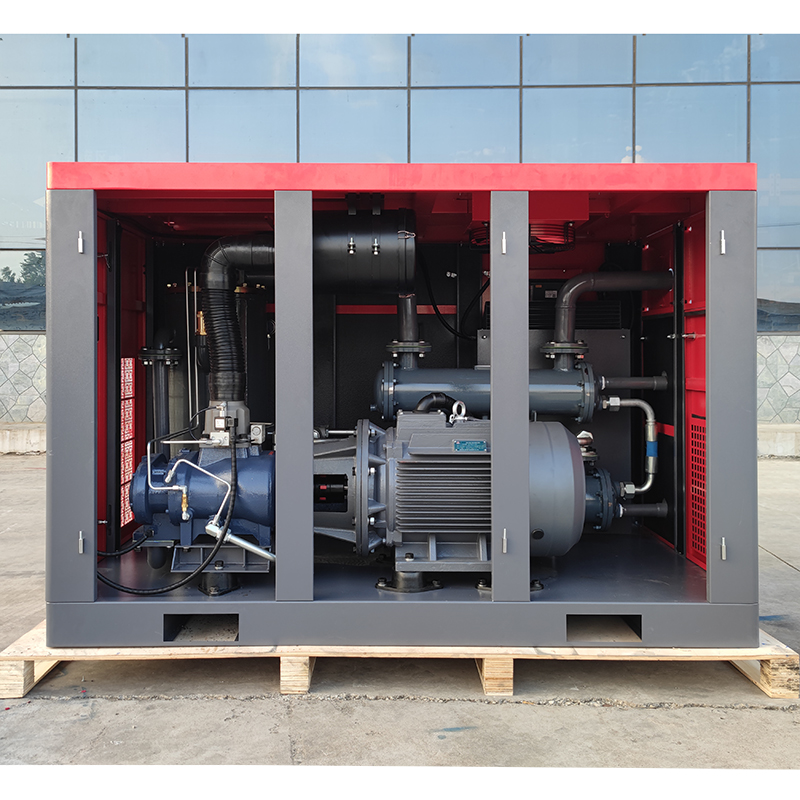
Treatment Measures:
If pressure is abnormal, stop inflating or deflating immediately, and investigate the cause.
1.3. Leakage Inspection
Inspection Cycle: Once a week
Inspection Content:
- Check for gas leaks in the tank body, connecting pipes, flanges, and valves.
- Use soap water or leak detection instruments for more precise inspection.
Treatment Measures:
If any leaks are found, stop operations immediately and repair the leak.
1.4. Safety Accessories Inspection
Inspection Cycle: Once a month
Inspection Content:
- Verify that safety valves are within their validity period and calibrated regularly.
- Check that pressure gauges and liquid level meters are accurate and within the validity period.
Treatment Measures:
Replace or repair any faulty or damaged safety accessories immediately.
2. Maintenance
2.1. Anti-corrosion Treatment
Maintenance Cycle: Once a year
Content:
- Remove rust and clean the inner and outer surfaces of the gas tank.
- Apply anti-corrosion paint to ensure even coverage and prevent leakage.
- Choose suitable weather conditions, avoiding humid and rainy days.
2.2. Cleaning and Maintenance
Maintenance Cycle: Once every six months
Content:
- Clean the inside of the gas tank to remove accumulated dirt and impurities.
- Check for internal corrosion or cracks.
- Use suitable cleaning agents to avoid damaging the tank material.
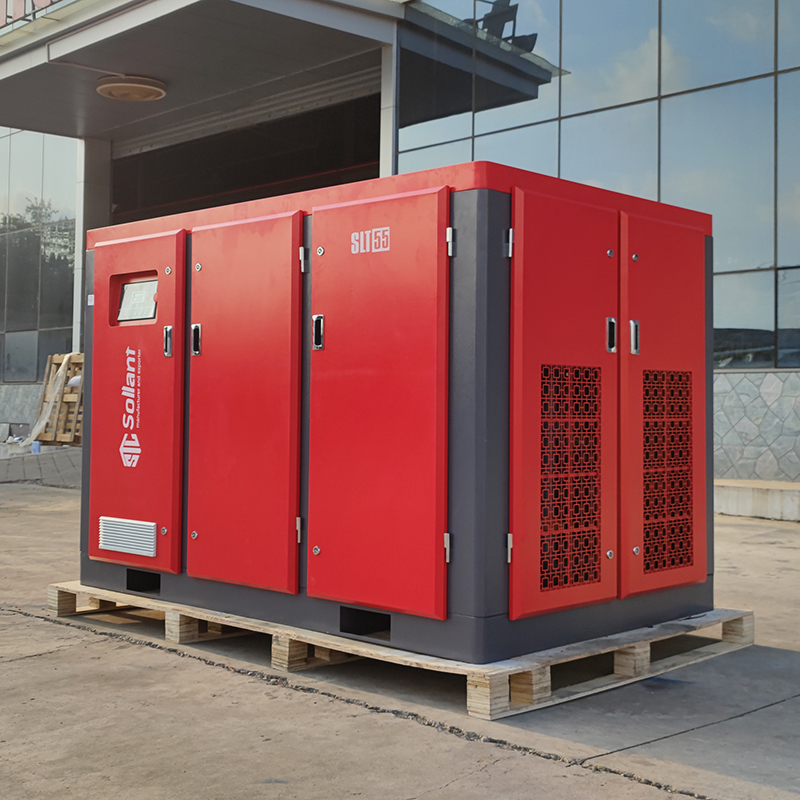
2.3. Valve Maintenance
Maintenance Cycle: Once every quarter
Content:
- Clean and lubricate valves.
- Check the valve sealing performance to prevent leaks.
- Ensure smooth valve operation.
Note:
Ensure safety during maintenance to avoid mishandling.
2.4. Pipeline Maintenance
Maintenance Cycle: Once every six months
Content:
- Inspect connecting pipelines for defects like corrosion or cracks.
- Apply anti-corrosion treatment to maintain the integrity of the pipeline coating.
Note:
Ensure safety during maintenance to prevent accidents from residual gas in the pipeline.
3. Operation Specifications
3.1. Inflating Operation Steps:
- Inspect the gas tank and accessories to ensure they are intact.
- Slowly open the air inlet valve to prevent excessive inflation and sudden pressure increases.
- Close the air inlet valve after inflation is completed.
Precautions:
Monitor the inflation process to avoid accidents. Control the inflation speed within the specified range to prevent over-pressurization.
3.2. Deflation Operation Steps:
- Inspect the gas tank and accessories to ensure they are intact.
- Slowly open the vent valve to prevent a sudden drop in pressure.
- Observe the pressure gauge to ensure normal pressure and liquid levels.
- Close the vent valve after deflation is completed.
Precautions:
Monitor the deflation process to avoid accidents. Control the deflation speed to prevent excessive deflation.
3.3. Emergency Shutdown Operation Steps:
- Immediately close the air inlet and vent valves.
- Open the emergency vent valve to quickly release pressure.
- Notify relevant personnel for further processing.
Precautions:
Stay calm and avoid panic during emergency shutdown. Ensure safety when venting to prevent injuries from gas spraying.
4. Emergency Treatment
4.1. Leakage Emergency Treatment Steps:
- Stop inflation or deflation immediately.
- Open the emergency vent valve to quickly release pressure.
- Evacuate surrounding personnel and set up a warning area.
- Notify professionals for assistance.
Note:
Wear protective equipment during leak emergency treatment to avoid gas poisoning. Avoid open flames near the leak point to prevent explosions.
4.2. Overpressure Emergency Treatment Steps:
- Stop inflation immediately.
- Open the emergency vent valve to reduce pressure.
- Check if the safety valve has opened and if pressure has dropped.
- Notify professionals for inspection and handling.
Note:
Maintain a safe distance during overpressure treatment to avoid explosions. Pay attention to safety during emergency venting.
4.3. Fire Emergency Treatment Steps:
- Stop inflation and deflation immediately.
- Open the emergency vent valve to release pressure.
- Evacuate surrounding personnel and set up a warning area.
- Use a fire extinguisher to put out the fire.
- Notify the fire department for assistance.
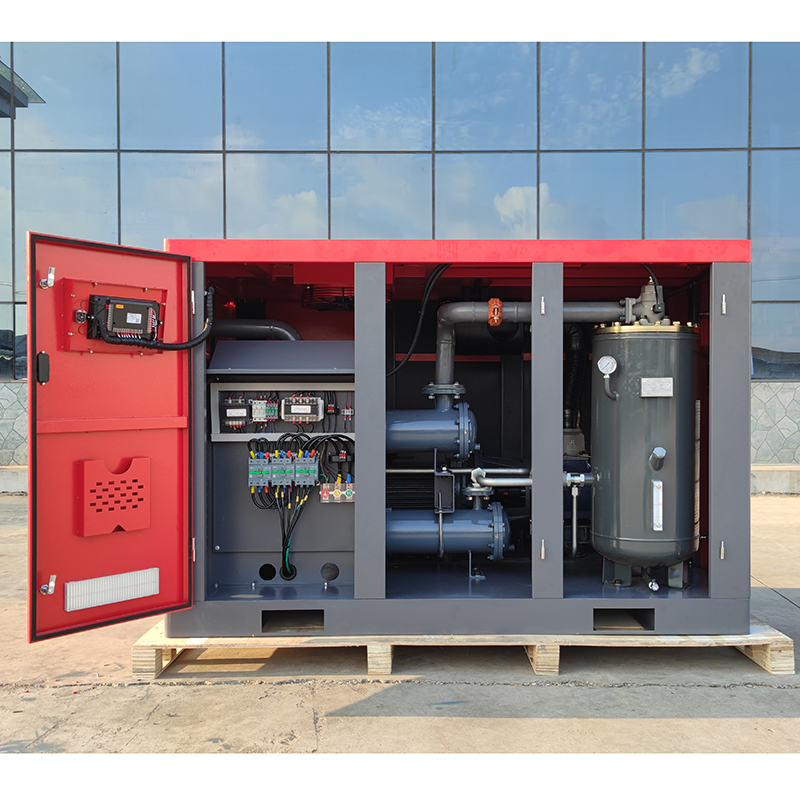
Note:
Use appropriate fire-fighting equipment and avoid using water to extinguish gas fires. Ensure personal safety and avoid inhaling toxic gases.
5. Training and Assessment
5.1. Training Content:
- Basic structure and working principles of gas storage tanks.
- Operating procedures and precautions.
- Daily inspection and maintenance techniques.
- Emergency handling procedures.
5.2. Assessment Method:
- Theoretical Examination: Assess knowledge related to gas storage tanks.
- Practical Assessment: Evaluate operational and maintenance skills.
- Emergency Drills: Simulate emergency situations (e.g., leakage, overpressure, fire) to assess emergency handling abilities.
6. Record and File Management
6.1. Record Content:
- Daily inspection logs
- Maintenance logs
- Operational logs
- Emergency handling logs
- Training and assessment records
6.2. File Management:
- Establish a gas tank management file to store relevant records and information.
- Regularly organize and archive files to ensure accuracy and completeness.
- Follow the appropriate file retention period as per regulations.
By strictly adhering to these daily management rules for gas tanks, you can ensure the safe operation of the equipment, extend its service life, and prevent accidents. Each unit should establish detailed operating procedures based on its specific conditions and conduct regular training and assessments to ensure operators can effectively manage the gas tanks’ operation and maintenance.

